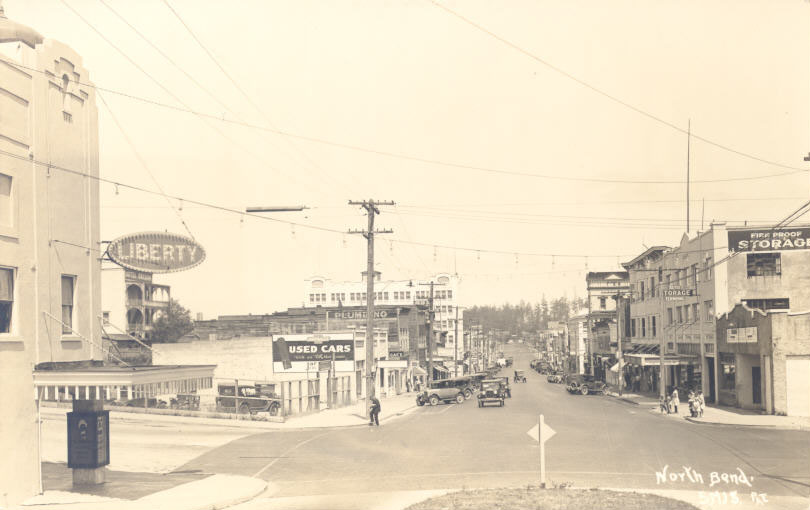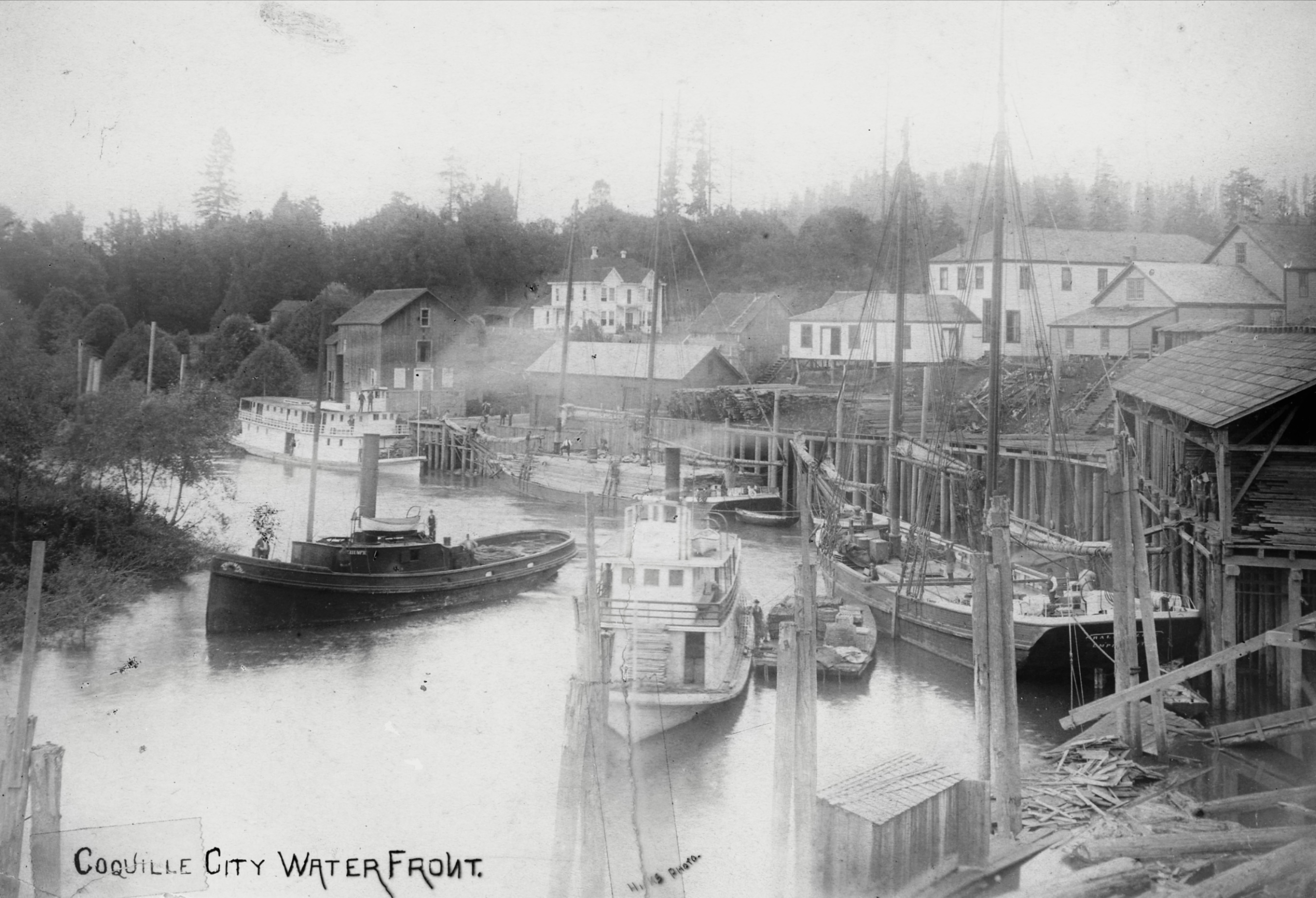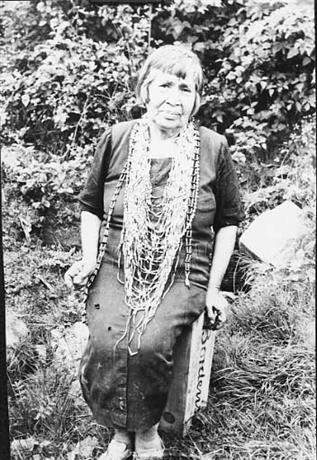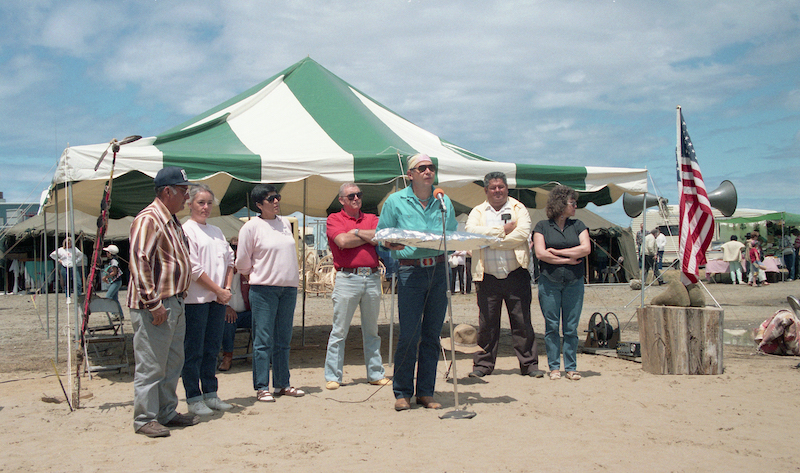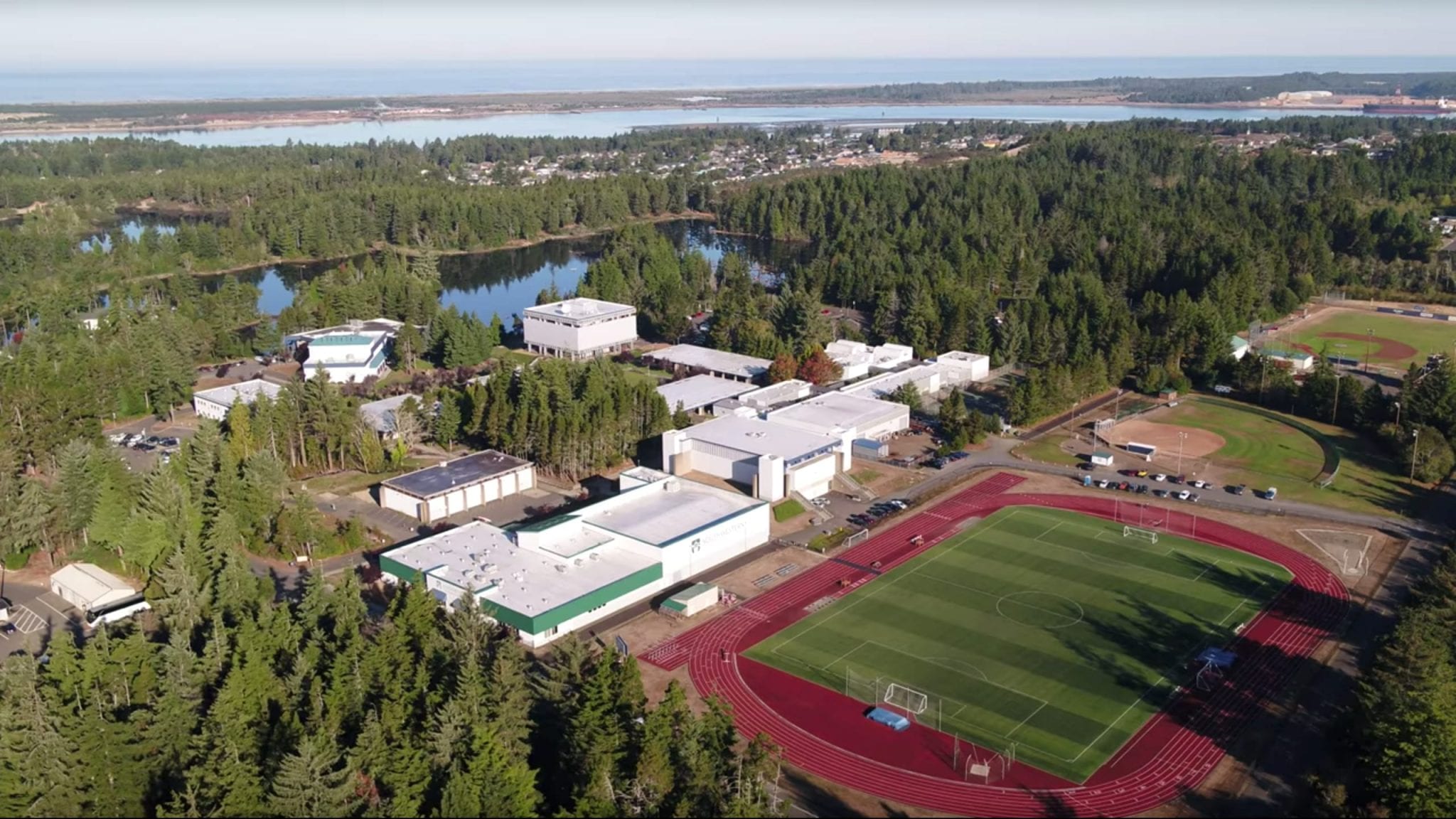The Coos History Museum, operated by the nonprofit Coos County Historical Society (CCHS) in North Bend, provides information about the cultural history of south-coastal Oregon, emphasizing area residents' traditional dependence on rivers, sloughs, and the sea. CCHS and the museum enjoy strong partnerships with local organizations, county school districts, Southwestern Oregon Community College, and tribal, city, and county governments.
The museum’s collections include more than 40,000 artifacts, including an extensive assemblage of Coos and Coquille basketry, and more than 200,000 images, including the Victor C. West Maritime Collection. Tribal members advise on exhibits involving traditional tribal culture; and collections are managed by professional staff, who also provide assistance to smaller area museums. As of 2009, museum school programs served 1,300 students a year from every school district in Coos County.
CCHS was founded on November 5, 1891, originally to preserve the historical record of the EuroAmerican community on the south coast. Society members assembled biographies and information about the new settlers and native peoples, which were published in 1898 as A Pioneer History of Coos and Curry Counties. The book is a standard reference for the earliest days of white settlement in the area.
In 1947, CCHS opened its first museum in Coquille, featuring donated artifacts of tribal and European cultures. The small, unheated building was distant from major roads and was open just once a week. Fire damaged the structure in 1952, and the City of North Bend offered a new site in then-popular Simpson Park on Highway 101. CCHS volunteers constructed a cement-block structure there, which opened in January 1958 as the Coos-Curry Museum. Curry County later created its own historical society and museum.
By 2000, museum space needs and public services far exceeded the capacity of the building. The City of Coos Bay offered CCHS a 3.5-acre site on the waterfront next to Highway 101 and adjacent to historic Front Street. The site provided access to the highway, high visibility, room for expansion, and the opportunity to reinvigorate formerly industrial waterfront and attract new users. It was ideal for a new Coos Historical & Maritime Center complex. In addition to exhibits and storage for museum collections, the project, when completed, will support collaborative cultural activities and events. Its large outdoor waterfront plaza, research archive, meeting spaces, and classrooms will serve the needs of diverse users.
-
![Vicki Wiese of the Coos Historical & Maritime Museum holds part of a Japanese balloon bomb from World War II, Jan. 2009.]()
Coos Historical Museum, Japanese balloon bomb ring at.
Vicki Wiese of the Coos Historical & Maritime Museum holds part of a Japanese balloon bomb from World War II, Jan. 2009. Photo Lou Sennick, The Coos Bay World
Related Entries
-
![City of North Bend]()
City of North Bend
The City of North Bend is located on about five square miles at the nor…
-
![Coos Bay]()
Coos Bay
The Coos Bay estuary is a semi-enclosed, elongated series of sloughs an…
-
![Coquille]()
Coquille
The city of Coquille (pronounced ko-KEEL), a wood-products manufacturin…
-
![Hanis Coos (Kowes)]()
Hanis Coos (Kowes)
The Hanis (hanıs) people lived in villages along Coos Bay, Coos River, …
-
![Miluk]()
Miluk
Miluk was one of two related languages spoken by people known collectiv…
-
![Southwestern Oregon Community College]()
Southwestern Oregon Community College
Southwestern Oregon Community College (formerly SWOCC, now SOCC) in Coo…
-
![Victor Charles West (1921-2002)]()
Victor Charles West (1921-2002)
Victor Charles West was a lifelong collector of maritime subject matter…
Related Historical Records
Map This on the Oregon History WayFinder
The Oregon History Wayfinder is an interactive map that identifies significant places, people, and events in Oregon history.
Further Reading
Coos Historical and Maritime Museum. www.cooshistory.org/


